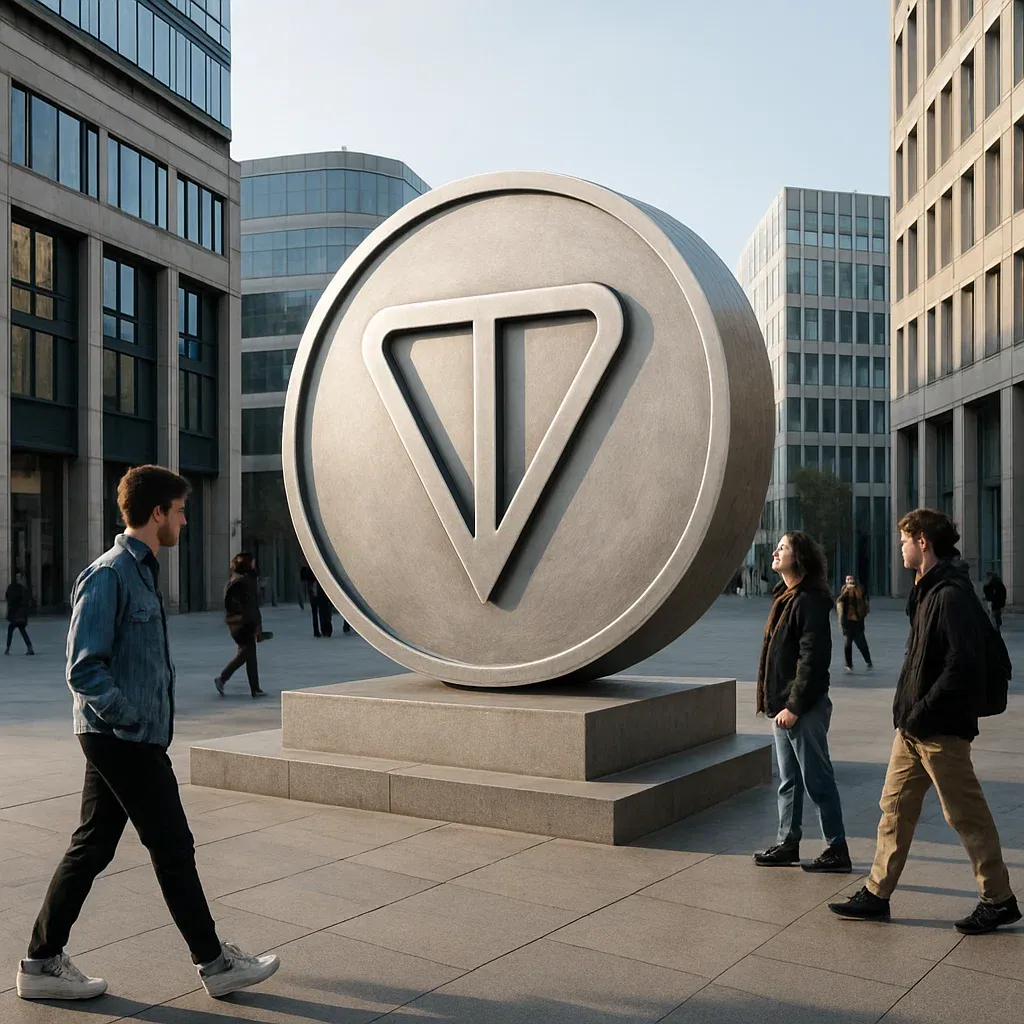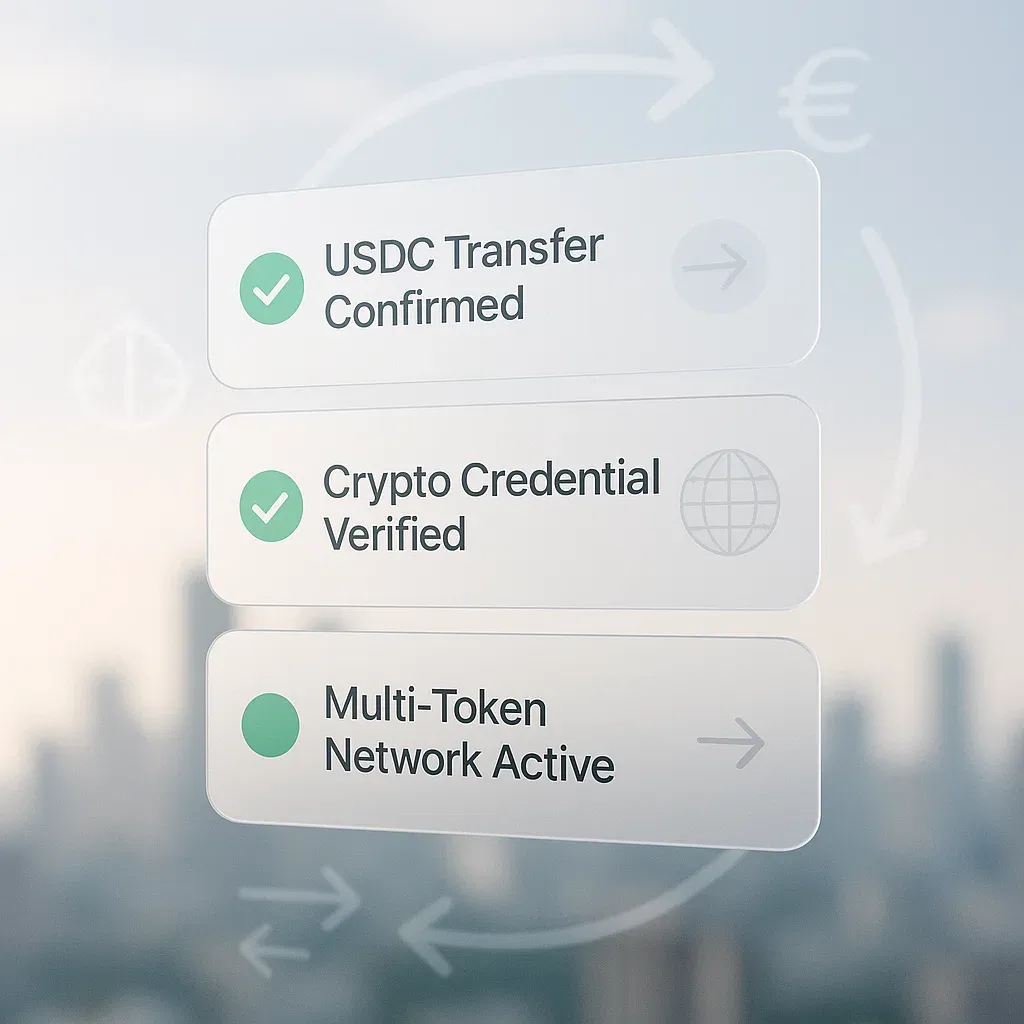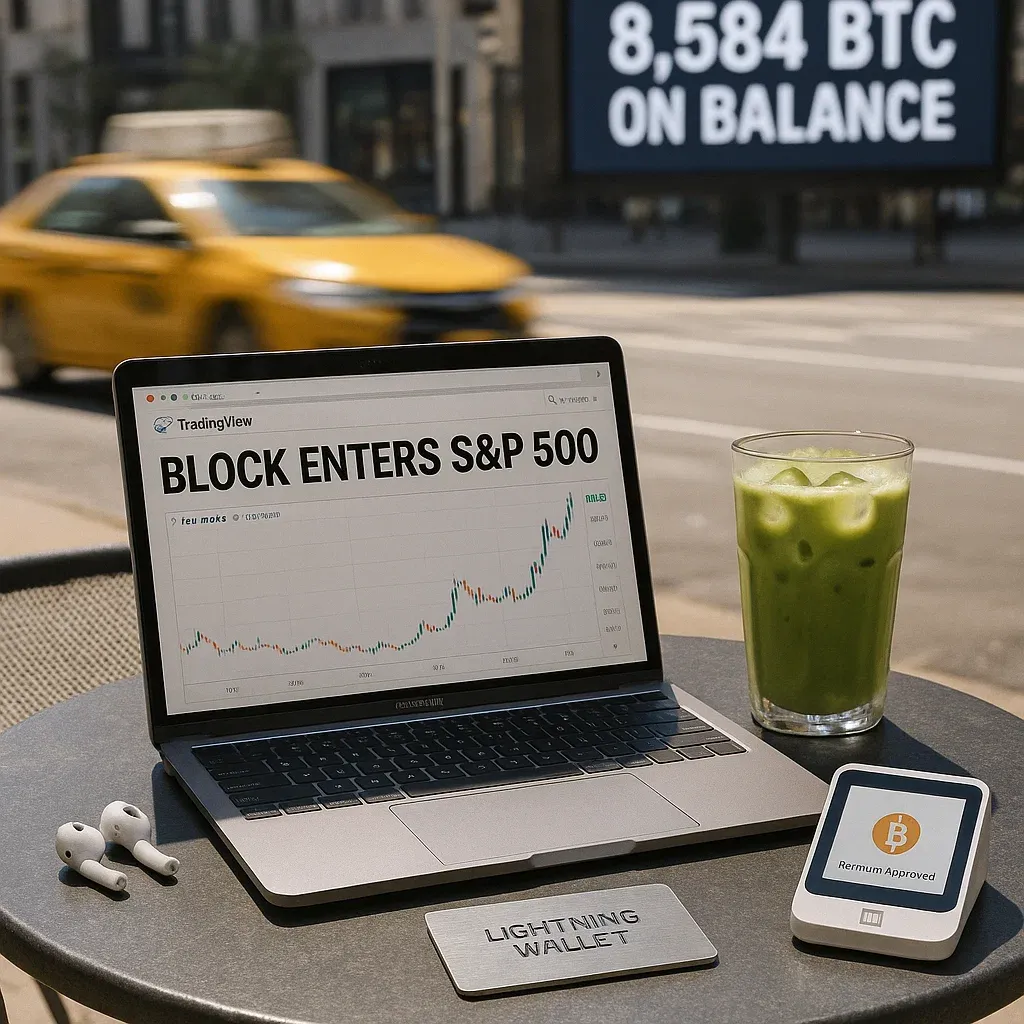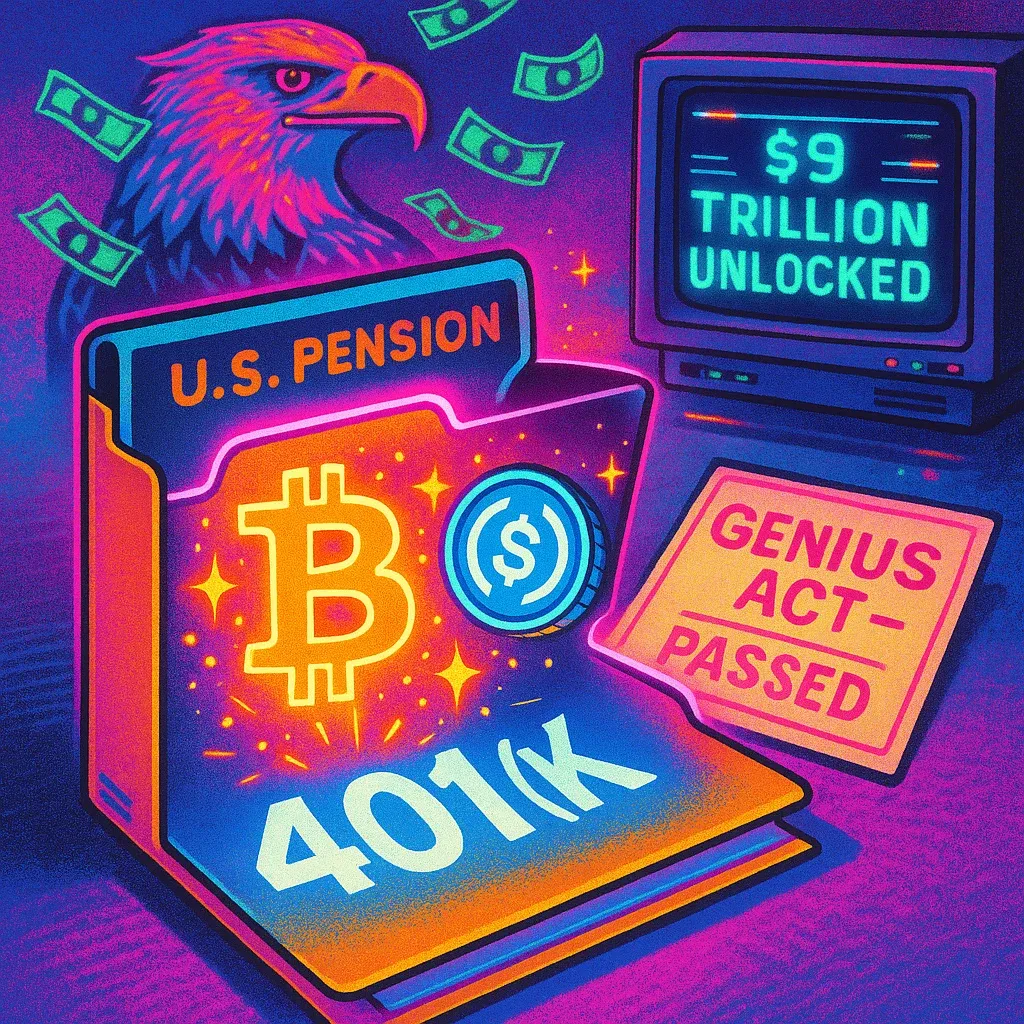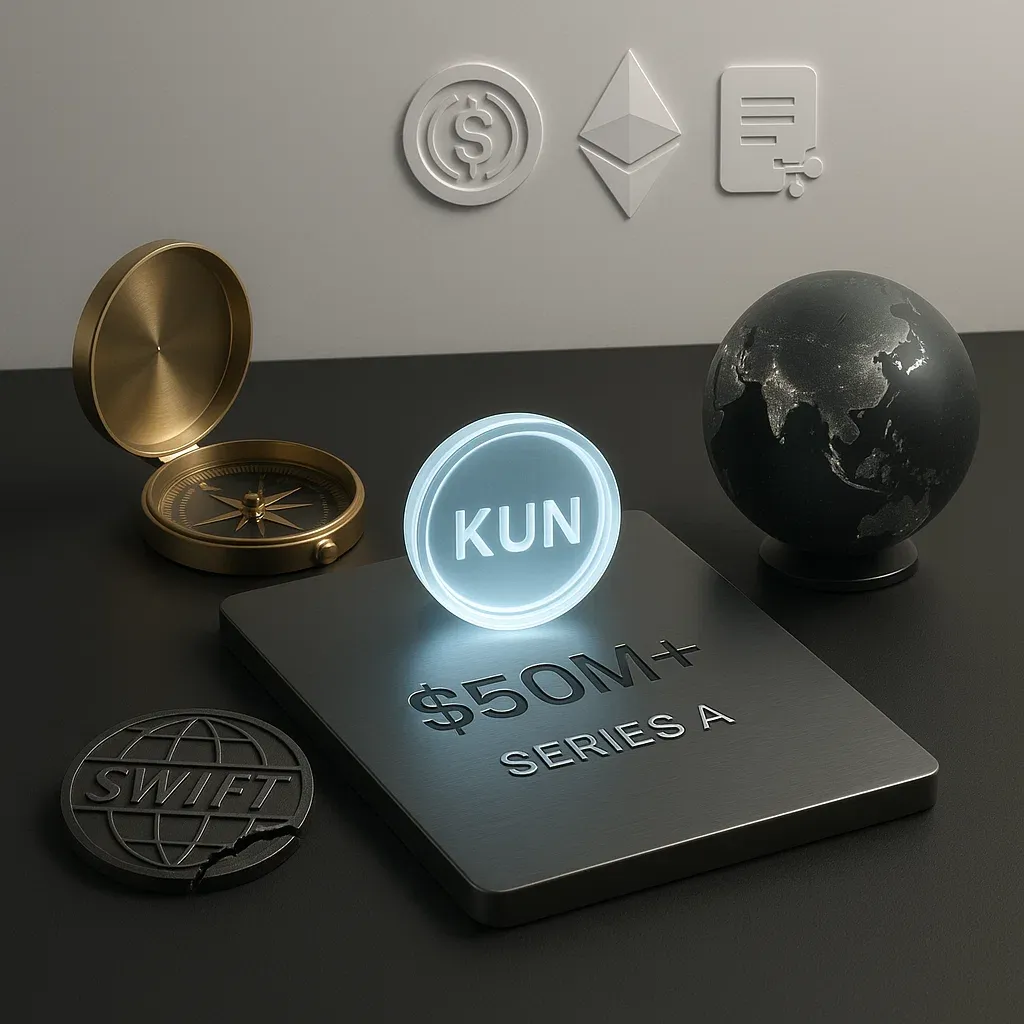The Future of Finance: Bank of America's Stablecoin Ambitions
Bank of America Eyes a Dollar-Pegged Stablecoin—If the Law Allows It 🏦💵
Bank of America (BoA), one of the largest financial institutions in the U.S., is considering launching its own stablecoin—a crypto asset pegged to the U.S. dollar. But there’s one big condition: it will only happen if U.S. regulations allow it.
CEO Brian Moynihan shared this vision at the Economic Club of Washington, D.C., highlighting that BoA is ready to jump into the crypto space if lawmakers create clear rules for stablecoin issuance.
Why This Matters: The Banking Industry’s Crypto Pivot 🏦➡️🪙
Stablecoins are essential for digital finance, acting as a bridge between traditional banking and crypto. However, regulatory uncertainty has made it difficult for banks to enter the market.
🔹 BoA’s move signals that major financial institutions are seriously considering stablecoins.
🔹 If big banks enter the stablecoin market, they could challenge USDC (Circle) and USDT (Tether), which currently dominate the space.
🔹 Regulation remains the biggest hurdle, with U.S. lawmakers debating how to oversee stablecoin issuers.
What’s a Stablecoin Again? 🤔�*
A stablecoin is a cryptocurrency designed to hold a stable value by being backed 1:1 by traditional assets, such as U.S. dollars or government bonds.
Unlike Bitcoin or Ethereum, which can fluctuate wildly in price, stablecoins are meant for:
✅ Fast and cheap digital payments
✅ Hedging against crypto volatility
✅ Seamless cross-border transactions
Currently, USDT (Tether) and USDC (Circle) lead the market, but banks entering the space could disrupt the stablecoin industry.
Bank of America’s Tech Push & Crypto Play 🏦�*
BoA has already invested billions in digital banking, launching:
🚀 AI-powered banking assistant "Erica"
📱 One of the first mobile banking apps for iPhones
💳 Digital payment innovations
Now, BoA wants to bring this expertise to crypto, offering a bank-backed stablecoin that could be widely used in financial markets.
But will lawmakers allow it? That’s the big question.
Regulation: The Key to BoA’s Stablecoin Dreams 🏛️�*
BoA’s plan hinges on U.S. lawmakers creating clear stablecoin regulations. Currently, Congress is debating multiple proposals:
🔹 Federal Reserve oversight of stablecoins (2023 proposal)
🔹 State-level regulation (Senator Gillibrand’s 2024 proposal)
🔹 Bans on algorithmic stablecoins after Terra’s 2022 collapse
With Trump’s second term in office, the U.S. government is shifting toward pro-crypto policies, meaning a green light for stablecoin regulations is more likely than before.
If laws pass, expect BoA—and other major banks—to enter the stablecoin race fast.
What This Means for Crypto & Traditional Finance 🌎�*
📌 If banks like BoA enter the stablecoin market, it could:
✅ Increase mainstream adoption of crypto payments
✅ Bring more regulatory trust to digital assets
✅ Challenge existing players like USDT and USDC
However, this could also squeeze out decentralized competitors, making bank-backed stablecoins the new norm in digital payments.
TL;DR: Key Takeaways ✨
- Bank of America wants to launch a U.S. dollar stablecoin, but only if Congress passes clear regulations.
- CEO Brian Moynihan confirmed that BoA is ready to enter crypto when the law allows it.
- BoA’s move could challenge USDT (Tether) & USDC (Circle) by bringing regulated, bank-backed stablecoins into the market.
- Stablecoin regulations are being debated in Congress, and Trump’s administration may support pro-crypto policies.
- If laws pass, expect big banks to quickly enter the stablecoin space, reshaping digital finance.
Bank-issued stablecoins could be the next big shift in crypto—are we ready for a world where stablecoins come from banks, not crypto companies?

Recent News
All Time High • Live
Have questions or want to collaborate? Reach us at: info@ath.live


